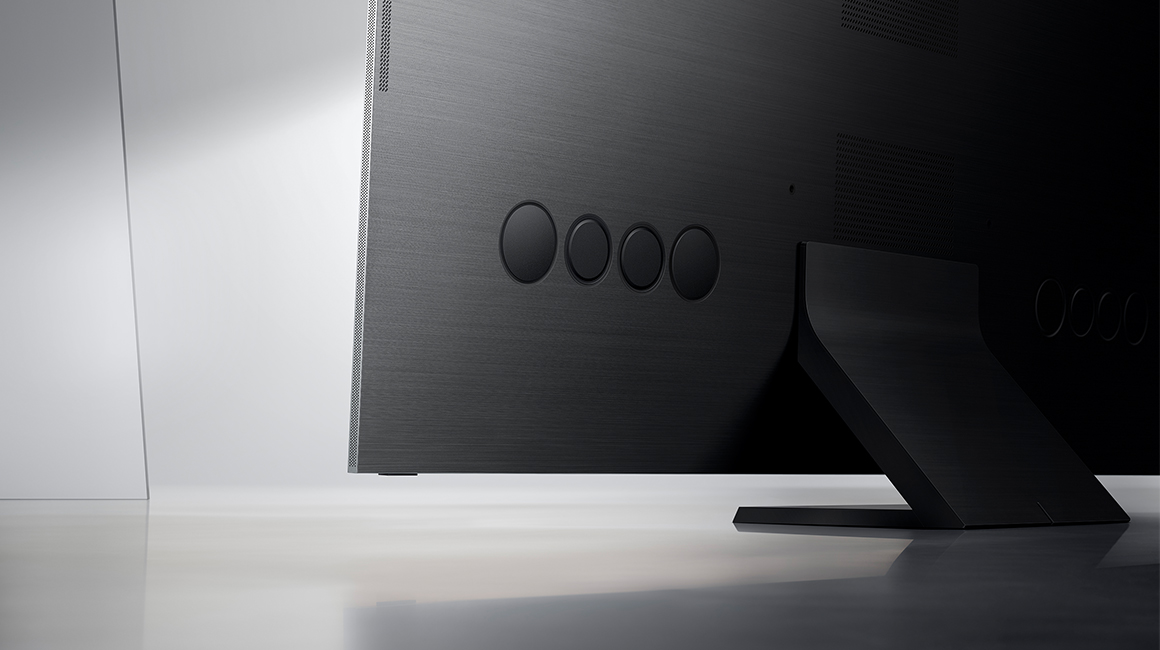
It dramatically reduces the amount of information transferred in order to match the technical limits imposed by your TV. Then there’s the processing that takes place along the chain after something is filmed. After all, your eyes can differentiate a lot more information than your TV feeds you. This means you miss out on the nuance that should be there. The resolution you see your Netflix at is tied to your subscription package.The first reason is your TV’s limited dynamic range, or its inability to illustrate the finest differences in brightness. With yours it lights the entire screen to the same degree.

This means your TV has different zones so you can have small areas of the TV significantly lighter or darker than others. The other thing your TV doesn't have which is necessary for good HDR is local dimming. You need 1000 nits for HDR, your TV doesn't have half that.

Your TV is HDR compatible, so it doesn't do that but it doesn't have the brightness to show HDR, so then in dark scenes you don't have the contrast, the variation between light and dark, that you get with an HDR capable TV. Early 4K TVs made everything look green/grey and washed out. It means they can accept an HDR signal and, unlike early non-HDR 4K TVs, display the colours properly. You'd be looking at the Q80 (and upwards) in a Samsung to have a capable HDR set.Īs to what Jokerr said, in simpler terms, all new, modern TVs are sold as HDR, but it's a bit of a con.

If you paid the regular price for the TV recently, you might be able to return it and get a better model at the same size for a near similar price. Good discounts normally start at Black Friday/Xmas/New year sales. Unless you got a steal, if you've just bought it, you've really bought at the wrong time as TVs are heavily discounted over the course of the year, being at their cheapest in spring when the new models come out and you buy last years model.


 0 kommentar(er)
0 kommentar(er)
